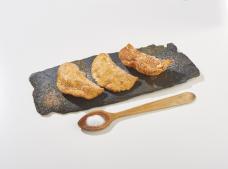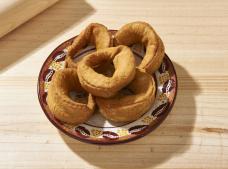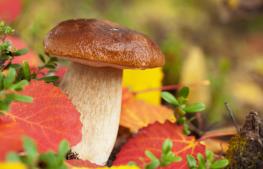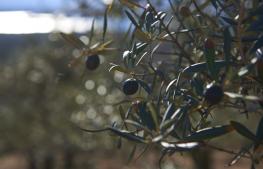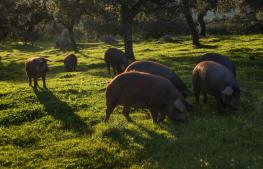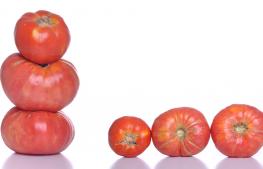Sweets
The most indulgent version of Cáceres
Lard biscuits such as perrunillas, bollas de chicharrones; marzipan; doughnuts such as roscas fritas, floretas; fried pastries such as pestiños; baked goods such as hornazos; different types of sweet fritters such as perrillos, sapillos or repápalos con leche, roscas de muégado... The confectioner tradition in Cáceres goes back centuries, to when the Jews and Moors left their mark on the cuisine with use of ingredients from their homelands and Portuguese culinary trends leveraged their influence as well.
Anyone offered a bit of a delicious fig bonbon would be unable to refuse, wouldn’t they? Especially because this delicacy is made with the highest quality raw material. Cáceres is the province that produces the most figs in all of Spain. The best fruits in both size and quality are chosen, processed, dried and filled with delicious cream, almost always made from hazelnut, and then covered in a fine, crunchy layer of chocolate that gives the bonbon its irresistible touch.
Other tasty sweets are floretas, a kind of doughnut made to treat guests during the days leading up to a wedding, First Communion or christening; repápalos con leche or sapillos (sweet bread fritters served in milk flavoured with lemon zest and cinnamon), eaten during Holy Week; perrunillas, biscuits made with lard that are known as ‘convent sweets’... Another special ingredient in the sweets category is Gata-Hurdes honey, which has PDO status. There is so much tasty confectionery from the province of Cáceres, you won’t know which sweet to go for!
Items known as ‘convent sweets’ are also prevalent among the confectionery of Cáceres. Examples include nuns’ puffs, rosquillas de alfajores de Cáceres (ring-shaped biscuits), pestiños (fried pastries), hornazos (a type of sweet bread decorated with a boiled egg) and mantecados (shortbread biscuits). One typical type of sweet in Navalmoral de la Mata are sapillos, fried balls made from breadcrumbs sweetened with sugar and cinnamon eaten during Holy Week (similar sweets are made in other towns, where they are also known as repápalos dulces).
In Serradilla, biscuits known as pringá de chicharrones are made using lard from the pig slaughter. Another well-known fried sweet are crispiones.
Every county, every town, every house has adapted these traditional recipes that captivate us with their aroma, texture and irresistible presence. Which will you be tempted by on your next visit to the province of Cáceres?
If you like Sweets you will like this too...
Mushrooms
The world of mushrooms and fungi represents a real universe in the province of Cáceres.
Gata-Hurdes Oil
The Gata-Hurdes Protected Designation of Origin includes the counties of Fata, Hurdes, Trasierra, Tierras de Granadilla, part of Alagón, Ambroz, Je
Patatera
Patatera is a typical type of sausage from Cáceres and the rest of Extremadura made from Iberian pork cheek and boiled potatoes, seasoned with salt
Tomatoes
The town of Miajadas, in the south of the province of Cáceres, is closed linked to irrigated land, where rice and tomato growing play key roles.
More things you can find in Cáceres
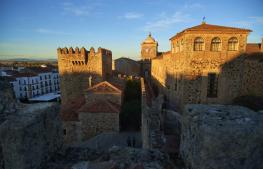
Monumental city of Cáceres
The topography plays an important role in the urban development of Cáceres, as the city stands on uneven ground, between the Sierra de la Mosca mou
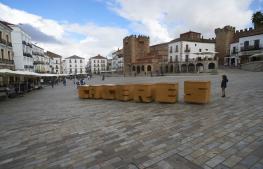
Old Town of Cáceres
The decree declaring Cáceres as a Monumental Site was published on 21 January 1949, and in 1986 UNESCO included the Old Town of Cáceres in its list
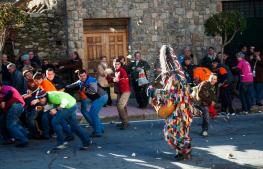
Festivals of Tourist Interest
The province of Cáceres is home to one Festival of International Tourist Interest and two festivals declared as being of National Tourist Interest.

